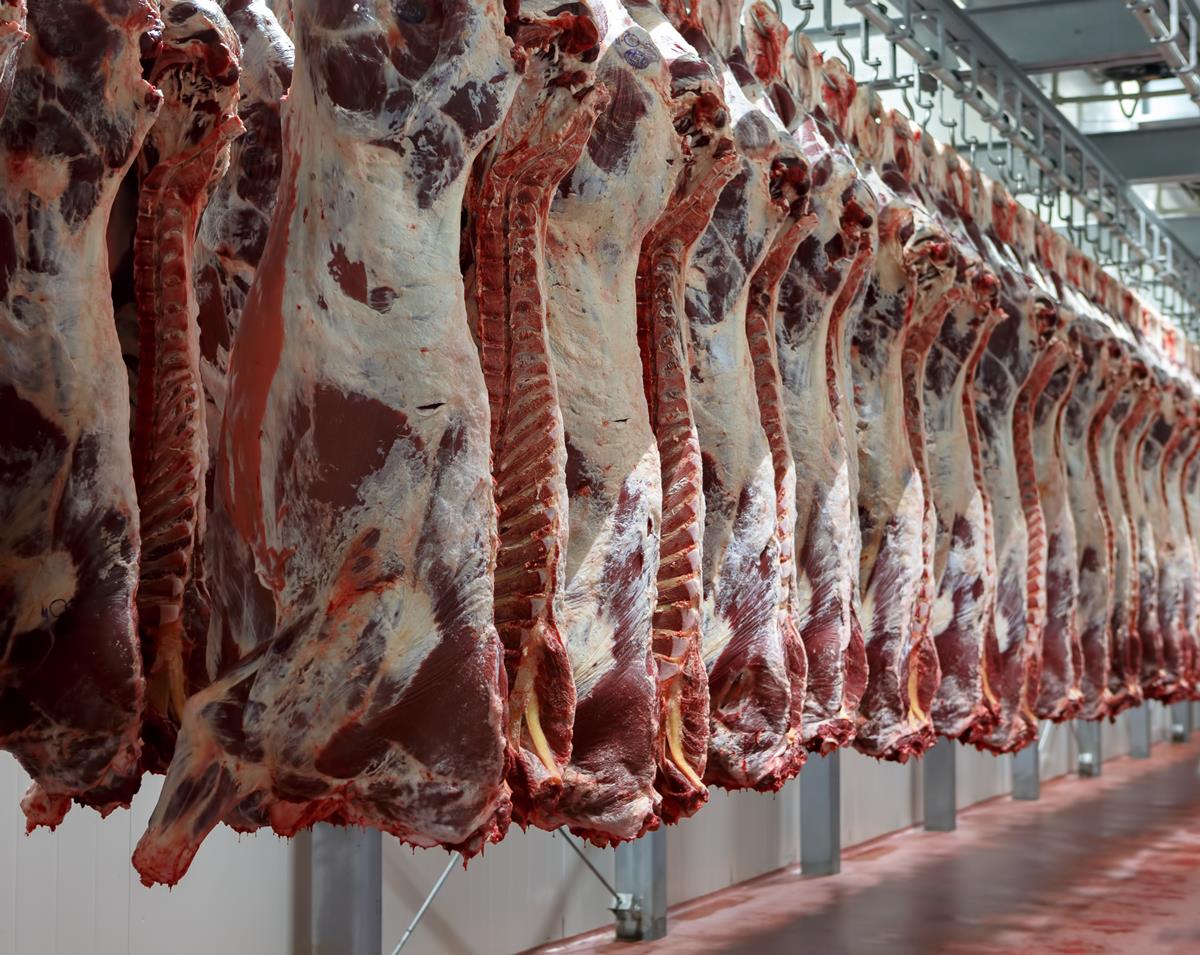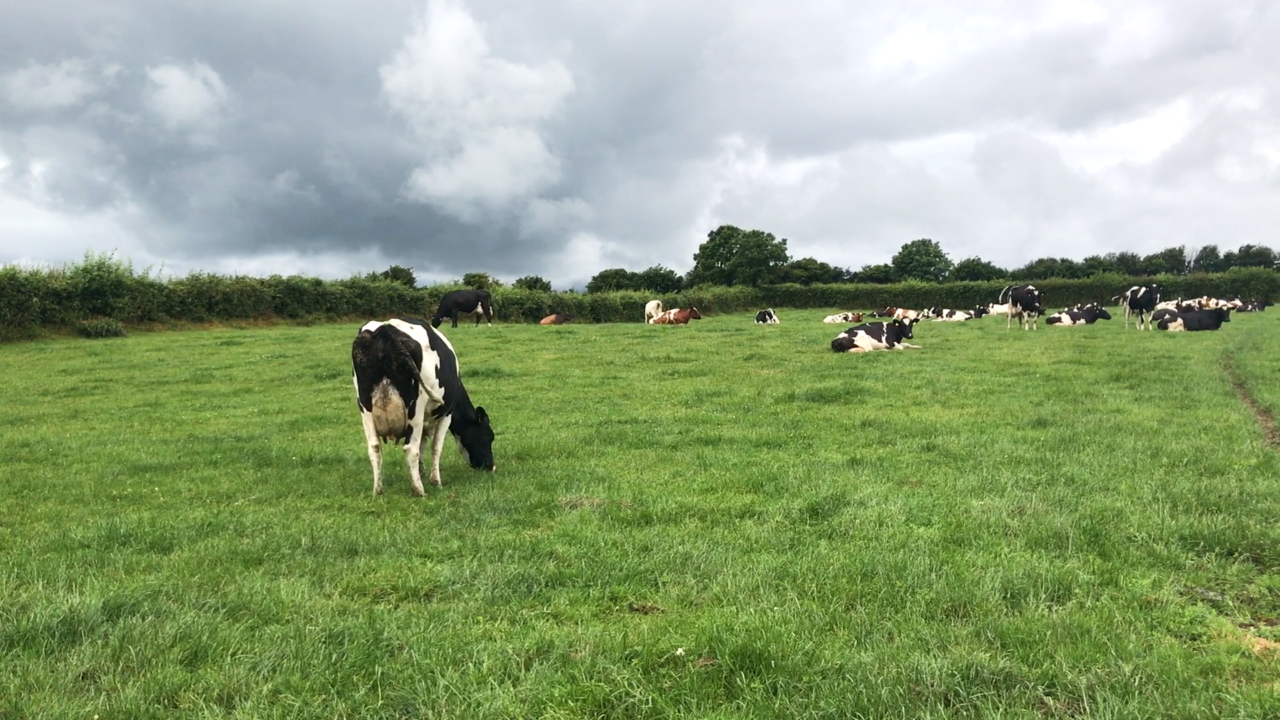The economic breeding index (EBI) has played a major role in the success of the Irish dairy sector over the last number of years.
The EBI was introduced in 2001 and has been hugely successful in improving the national dairy herd in a number of ways, including in production and fertility.
But continuous improvement is required so that Irish dairy farmers can obtain the best economic gain.
With that in mind, the Irish Cattle Breeding Federation (ICBF) is set to deploy a number of new sub-indexes and other changes to the EBI.
EBI changes
Improvements to the EBI in the future include the introduction of:
- A new Carbon Sub-Index;
- A new Age at Slaughter trait;
- An updated Somatic Cell Count(SCC) trait;
- An updated Female fertility sub-index;
- Inclusion of Minor Breeds.
Carbon index
The use of EBI within the national herd has already resulted in a reduction in emissions from the dairy sector.
The higher the EBI the lower the emission from the animal, which results in a 14% reduction/kg of milk solids produced.
But further reductions are needed and this can be done by more selective breeding, according to ICBF.
Because of this, a new Carbon Sub-Index is set to be introduced to the EBI at the end of the year.
The introduction of this new sub-index will allow for direct selection for reduced carbon output, rather than indirectly.
The new sub-index uses exactly the same principles as to how the EBI is calculated but instead of the output being profit, in this new sub-index the output would equate to carbon.
Age at slaughter
Increasing the sustainability of our national herd is a key objective and a new trait of interest has come to the fore in the form of age at slaughter.
According to ICBF, there is clear evidence that higher genetic merit animals have significantly lower methane output/day than lower genetic merit animals.
Aiming directly for a younger age at slaughter has the potential to further drive down our carbon footprint from the national herd if introduced into our breeding indices.
It is expected that Age at Slaughter will be introduced to the suite of traits under the Beef sub-index in the EBI.

SCC
ICBF is set to move away from the current predicted 305-day SCC and will move to the Test Day Model (TDM) approach for genetic evaluation of SCC.
The TDM is planned to be introduced later this year. Its impact on the overall EBI on average will be +€3 for artificial insemination (AI) sires and +€2 for cows.
The TDM uses an every test day record on each cow, rather than the previous 305-day model which used a standard lactation curve for each cow regardless of the number of milk recordings throughout the year.
The TDM is better able to account for environmental factors on the day of the milk recording, such as weather, feed levels and grass quality.
Fertility
Improving fertility has been a key focus for many dairy farmers, with EBI playing a major role in this.
The last update to the female fertility evaluation was in 2010.
ICBF has stated that research work is underway to investigate new methods to evaluate female fertility and to provide more precision during selection on these traits to improve the accuracy of the genetic evaluations and accelerate genetic gain.
The research being conducted is expected to continue into next year.
Minor breeds
Another ten breeds are to be added to the dairy genomic evaluation; there are currently only seven breeds included.
The breeds that will be added are:
- Brown Swiss;
- Simmental;
- Mri/Mry;
- Shorthorn;
- Swedish Red;
- Kerry;
- Normande;
- Rotbunte;
- Danish Red;
- Blended Milking Shorthorn.
This means an extra 5,000 animals will receive a genomic evaluation, and an additional 1,500 animals will be added to the training population.
ICBF expects that the impact on the current genotyped animals will be minimal.
ICBF believes that animals that will receive a genomic evaluation for the first time will have an average EBI change of -€2 and an average increase in reliability of 14%.
